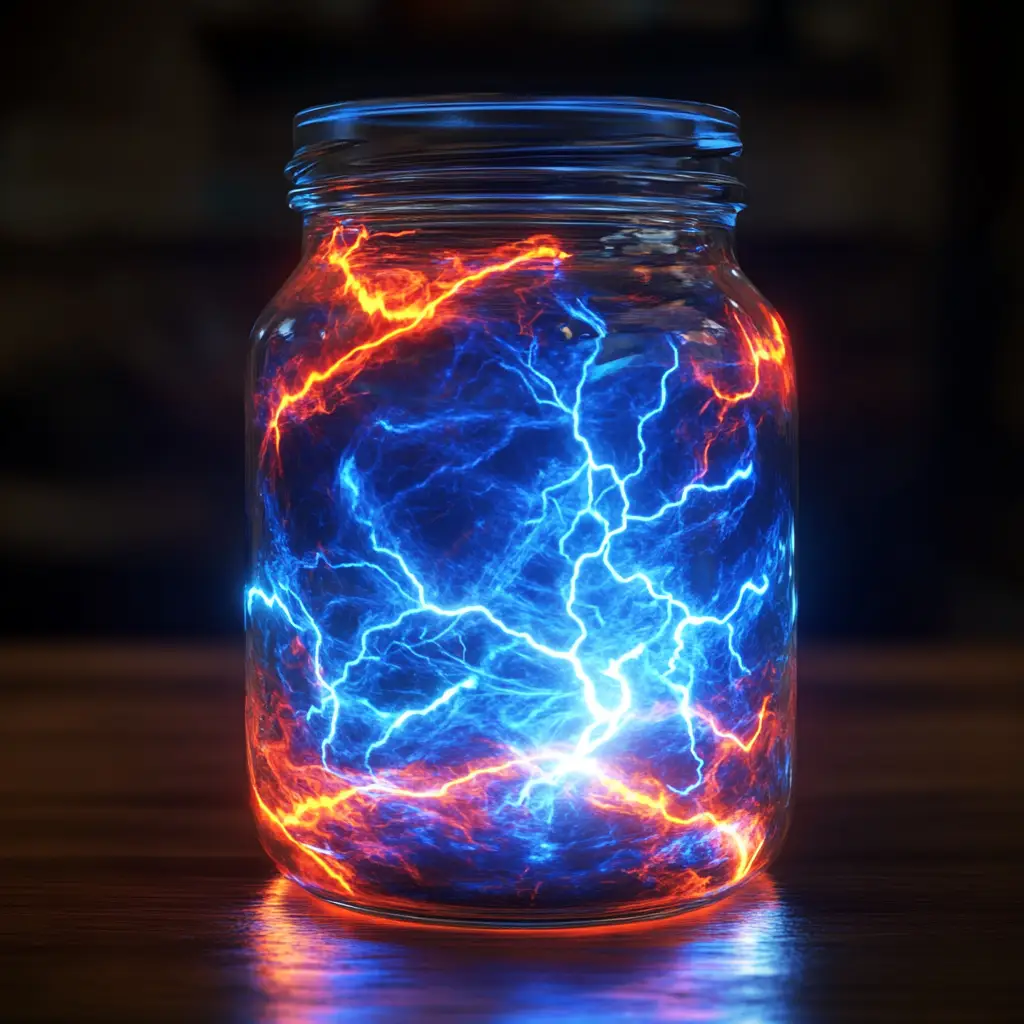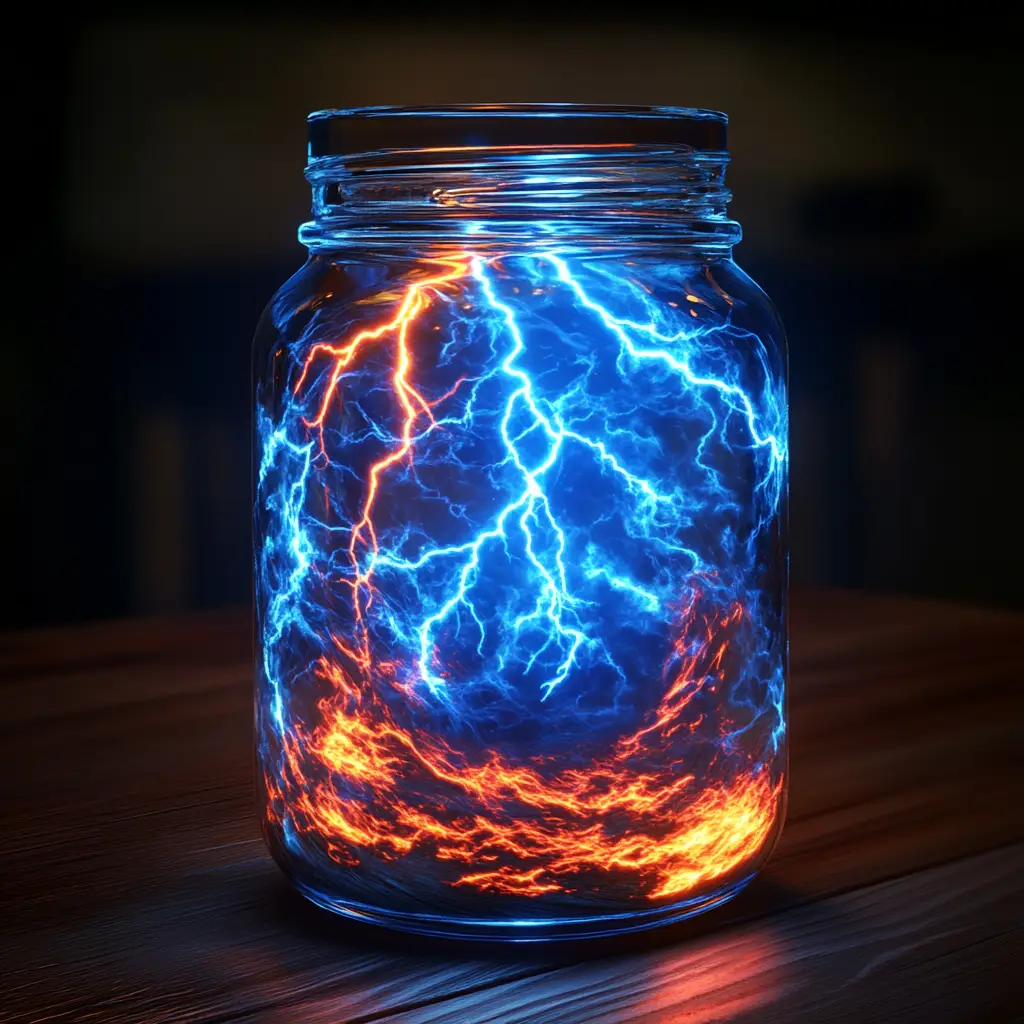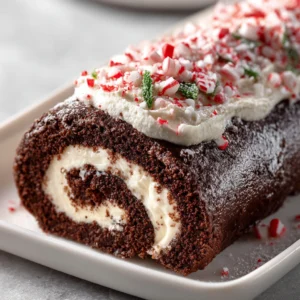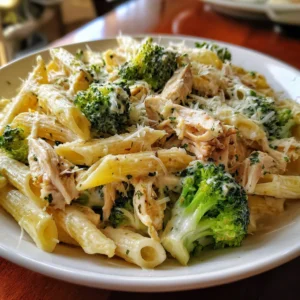Have you ever wondered what it would be like to capture the drama of a thunderstorm inside a jar? With this glowing thundercloud project, you can do exactly that. This exciting experiment combines science, creativity, and visual magic, transforming simple household items into a colorful and glowing storm display. The fizzing clouds, glowing “rain,” and swirling colors make it both fun and educational, making it the perfect activity for kids, families, or anyone who enjoys science experiments with a twist of wonder.
This project is more than just a craft. It introduces children and learners of all ages to key scientific concepts such as density, precipitation, and chemical reactions while keeping the activity entertaining and highly interactive. By using everyday materials like shaving cream, vinegar, baking soda, and food coloring, you can recreate a miniature thunderstorm that looks as dazzling as it is educational.
Why You’ll Love This Project
There are countless science experiments out there, but the glowing thundercloud stands out for several reasons. Here are the top benefits of trying it at home:
-
Visually Stunning Results – The combination of glowing colors, fizzing reactions, and floating clouds makes this experiment look like a living storm.
-
Educational Value – It introduces concepts of weather, density, and chemical reactions in a simple, hands-on way.
-
Safe for Kids – All the materials are safe and non-toxic when handled properly. It’s an activity kids can actively participate in with minimal risk.
-
Highly Customizable – You can choose different food coloring shades, add glitter, or even experiment with glow-in-the-dark effects to make each thundercloud unique.
-
Reusable and Fun to Repeat – Once the reaction slows down, you can easily add more vinegar mixture and watch the storm start again.
Whether you’re looking for a rainy-day activity, a science fair demonstration, or a fun project to entertain kids during a family gathering, this experiment has something for everyone.

Ingredients You’ll Need
To make your glowing thundercloud, you’ll need a few common household items. These are inexpensive and easy to find, making this project accessible to nearly everyone.
-
1 clear glass jar with lid
-
1 cup water
-
½ cup shaving cream (or foam soap)
-
¼ cup white glue (optional, for thicker clouds)
-
1 teaspoon baking soda
-
½ cup vinegar
-
Neon or glow-in-the-dark food coloring (blue, purple, or your choice)
-
Small flashlight or LED light (optional for glowing effect)
-
Pipette or dropper
The shaving cream represents the clouds, the colored vinegar serves as the rain, and the reaction between vinegar and baking soda produces the fizz that mimics storm energy. The flashlight or LED creates a glowing effect, transforming the experiment into a dazzling light show.
Step-by-Step Directions
Follow these steps to bring your glowing thundercloud to life:
Step 1: Prepare the Base
Fill your glass jar about three-quarters full with water. This water acts as the sky beneath your clouds and is where all the exciting chemical reactions will occur.
Step 2: Make the Cloud Mixture
In a separate bowl, combine the shaving cream with white glue if you want a thicker consistency. Mix until the texture is light and fluffy. The glue isn’t necessary, but it helps make the clouds stronger and longer-lasting.
Step 3: Create the Cloud Layer
Spoon the shaving cream mixture onto the surface of the water in the jar. The cream floats because it’s less dense than water, just like clouds float in the atmosphere. Arrange it so that it spreads across the top, forming a cloud cover.
Step 4: Prepare the Glowing Rain
In another small cup, mix vinegar with a few drops of neon or glow-in-the-dark food coloring. This creates the colored rain that will drip through your clouds. The more vibrant the color, the more dramatic the storm will look.
Step 5: Drop the Rain
Using a pipette or dropper, carefully drip the colored vinegar onto the shaving cream cloud. Watch closely as the liquid pools on the surface, then sinks through the cloud into the water below. This mimics the process of precipitation, where clouds release rain when they become too heavy.
Step 6: Add the Glow
Turn off the lights and place a flashlight or LED light under or behind the jar. The glowing colors will illuminate the storm, creating an effect that looks like lightning striking through the clouds.
Step 7: Keep the Storm Alive
When the fizzing slows down, add more drops of vinegar to continue the storm. The reaction can be repeated as many times as you like, keeping the thundercloud active for as long as you want.

The Science Behind the Magic
This project might look like pure magic, but there’s a lot of science happening inside that jar.
-
Density and Floating Clouds – Shaving cream floats on water because it is less dense, mimicking how real clouds float in Earth’s atmosphere.
-
Precipitation Process – Just like real clouds hold water vapor until they can no longer contain it, the shaving cream cloud holds the vinegar mixture until it becomes heavy enough to break through.
-
Acid-Base Reaction – The vinegar (acid) reacts with the baking soda (base) in the water to create carbon dioxide gas. This fizzing mimics the turbulence and energy of a thunderstorm.
-
Light and Refraction – The flashlight shining through the jar creates glowing effects as light bends through the colored water, enhancing the storm-like appearance.
This combination of chemistry, physics, and weather simulation makes the glowing thundercloud a perfect educational project.
Variations to Try
The beauty of this experiment is that you can adapt it to create different effects. Here are some variations:
-
Rainbow Storm: Prepare several small cups of vinegar with different food coloring and add them one by one to create a rainbow of rain colors.
-
Glitter Clouds: Mix glitter into your shaving cream for sparkling clouds. This makes the storm look even more magical.
-
UV Glow Storm: Use UV-reactive food coloring and shine a blacklight on the jar to create an electrifying neon effect.
-
Mini Lightning Effect: Place a flashing LED behind the jar to simulate lightning bolts flashing in the background.
-
Storm in a Bottle: Use a clear plastic bottle instead of a jar for a portable version of the experiment.
These creative adjustments allow you to customize the project and keep it exciting each time you repeat it.
Tips for Best Results
To ensure your glowing thundercloud experiment works perfectly, keep these tips in mind:
-
Use neon food coloring for the most vibrant glow.
-
Add vinegar slowly with a pipette for a dramatic dripping effect.
-
Work on a tray or table covering to prevent spills.
-
Use fresh vinegar and baking soda each time to get the strongest fizzing reaction.
-
Dim the lights or perform the experiment in a darkened room for maximum glowing effect.
Safety Note
This experiment is safe for children, but adult supervision is recommended, especially when handling vinegar or using lights. The mixture should not be consumed, and the jar should be rinsed thoroughly after use.
Frequently Asked Questions
Q: Do I need glow-in-the-dark food coloring?
Not necessarily. Regular food coloring works well, but neon or glow versions enhance the glowing storm effect.
Q: Can I skip the glue?
Yes. The glue simply thickens the shaving cream and helps the clouds last longer. Without it, the experiment still works beautifully.
Q: How many times can I repeat the reaction?
You can continue adding vinegar until the fizzing slows significantly. If needed, you can refresh the jar with new baking soda and water for another round.
Q: Can this be used as a science fair project?
Absolutely. This project demonstrates key concepts like density, precipitation, and chemical reactions. Pair it with an explanation board for a strong presentation.
Q: Can I use something other than a jar?
Yes. Any clear container works, but a glass jar or clear bottle provides the best viewing experience.
Conclusion
The glowing thundercloud experiment is a unique blend of science, creativity, and visual wonder. It allows you to capture the beauty of a storm inside a jar while learning about important scientific principles. With its glowing rain, fizzing reactions, and floating clouds, the project is as mesmerizing as it is educational.
Best of all, it’s easy to set up, safe to repeat, and endlessly customizable. Whether you use it as a classroom demonstration, a science fair entry, or simply a fun activity at home, this project is guaranteed to spark curiosity and excitement.
So gather your jar, shaving cream, baking soda, and vinegar, and prepare to create your very own glowing thundercloud. With just a few simple steps, you’ll have a miniature storm that looks and feels like real science magic.



